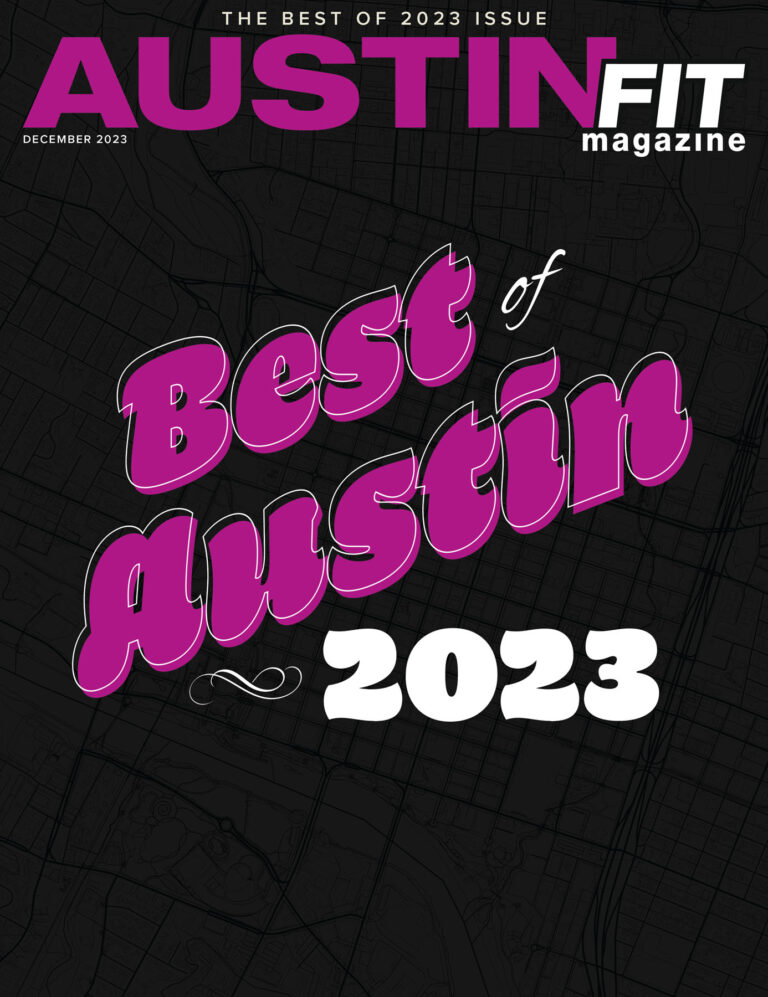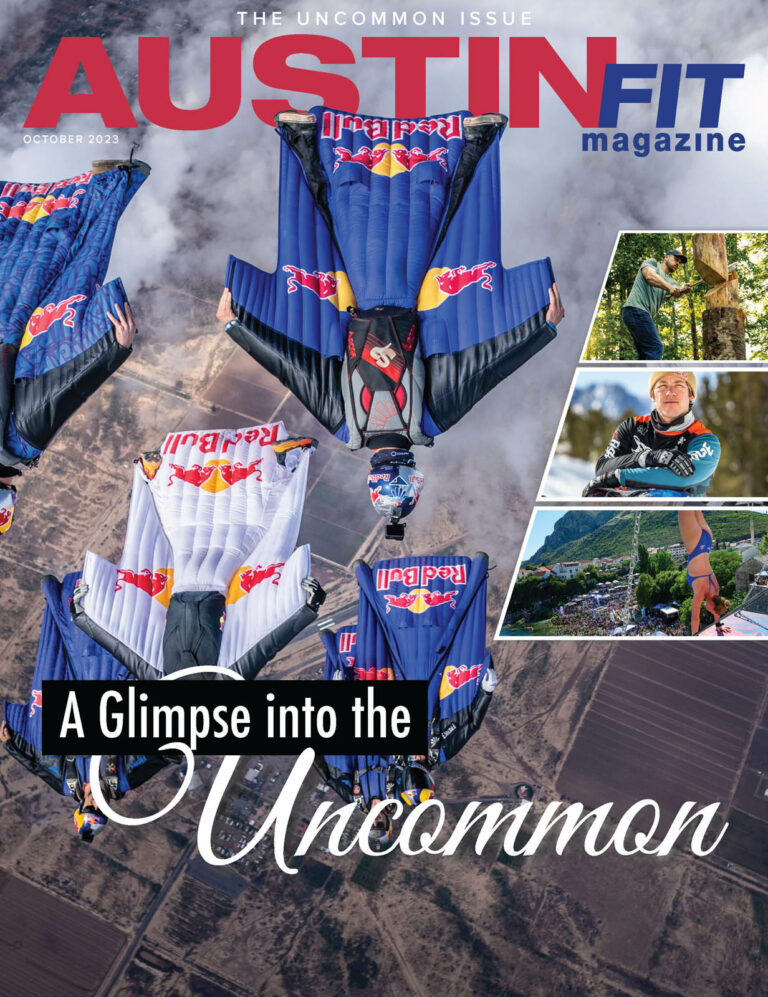Masters Champion Shares her Training Log

Many dedicated athletes will at some point in their careers become teachers of the sport. Some make this transition after their racing days are over and others do it while still actively competing. I believe that being successful in making this transition doesn’t depend as much on whether or not they have been successful as athletes but, rather, on their ability for “observation,” with being able to get outside the box that is “your” experience and being able to observe human nature, take mental notes, and act accordingly.
I started running and coaching when I was in my 20s. I am well into my 50s now and still actively running and coaching. I used to think of myself as an experiment of ONE, but I have been pleasantly surprised at how well the results of this single-subject experiment “can” be (carefully and thoughtfully) applied to those I coach.
As a coach, you ask your athletes to trust you and to show you all their cards so you may teach them the game. I believe it is equally important for the athlete-turned-coach to lay her cards on the table as well, so that the value of her experience may become an important element in her coaching techniques. So it is, then, in the spirit of giving, that I am opening up selected excerpts of my running journals, which encompass over three decades of running experience and represent the basis of much of what I teach as a coach.
Don’t get me wrong; I am not getting all “soft” in my old age, and I still intend to try to beat each and every one of you on the road or track. I am sharing some of my experience in the hope that it may help some of you. There is no greater satisfaction for a coach than to see the fog clear in runners’ heads, when they finally “get it,” when they realize what it is they can do at any given age. And while I am not suggesting for a minute that my way is THE way, it might just help some of you start breaking through the fog.
So here it goes:
I went back to my logs and picked out a representative week of training for each decade of my running career. I tried to pick a typical week of training during a “peak” year and shortly (three weeks) prior to my peak track race of the year. Keep in mind that these are sample weeks, which represent what I was doing just prior to these big races and do not reflect what I was doing year-round.
I chose to use 5,000m track races for this illustration simply because “the track does not lie.” The message I would like to convey by sharing these workouts is that, as we get older, we have to adjust our goals and, therefore, our training regimen. If we want to continue being competitive, we need to stop competing against the athlete we used to be and compete as the athlete that we are.
If you study the sample weeks shown in the chart, you may see the following:
- I was able to carry a very rigorous training and racing schedule for about 12 years. I think that is about the limit of a high performance running career.
- Total weekly mileage remains modest throughout the decades but intensity remains relatively high.
- With a few adjustments, the pattern remains similar throughout the decades—just less of everything.
- Frequency of training is the first thing to go (from nine running sessions per week to six when I was 42, to now—five sessions per week with some cross training).The good news is that if you keep the same relative intensity in your workouts as you did when you were younger, it will be reflected in your “age grading” percentage. So if you were an average runner in your 30s, you can still be an Elite runner in your 60s.
What is age grading? Age grading was developed by the World Association of Veteran Athletes (which changed its name to the World Masters Athletics) in 1989 as a way to compare times between men and women of all ages. WAVA collects data from events to set standards, which can then be used comparatively to show how another athlete’s results relate to an Open (20-30) athlete’s score.
Go to www.runnersworld.com/cda/agegradingcalculator/0,7977,s6-238-277-415-0,00.html to find out how your times compare to runners of different ages and genders.
Carmen Ayala-Troncoso is a nationally known athlete who has been coaching Austin-area runners since 1987. Ayala-Troncoso received her Masters of Exercise Physiology (minor in Kinesiology) from the University of Texas in 1985. She has been running competitively for 30 years; during that time, she has qualified for three Olympic trials (1992, 1996, and 2000) and represented the United States at four World Cross Country Championships (1994, 1995, 1999, and 2000). As a Masters runner, Ayala-Troncoso made the United States Cross Country open team in 1999 and 2000 and qualified for the Olympic Trials in the 5,000 meter in 2000. She has won numerous Masters and age group championships. She is currently coaching a small group of elite runners at Rogue Running.






